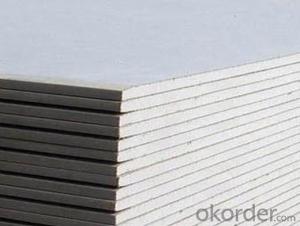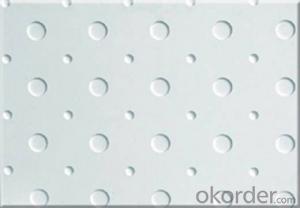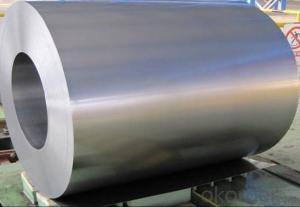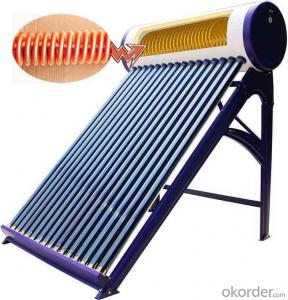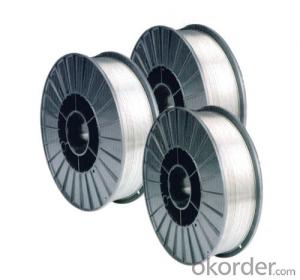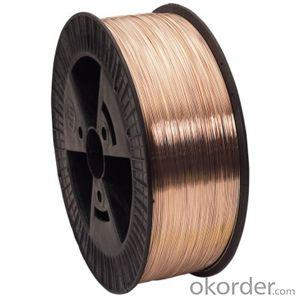Cheap Stainless Steel
Cheap Stainless Steel Related Searches
Best Inverter For Solar Panels Inverter Box For Solar Panels Inverter For Solar Panels Cost Fiberglass Panels For Roofing Foam Panels For Building Wall Lights For Bedrooms Geogrid For Retaining Wall Tar Paper For Roofing Wall Spotlight With Plug Woven Steel Mesh PanelsHot Searches
Price For Stainless Steel Scrap Scrap Price For Stainless Steel Price For Stainless Steel Cheap High Tea Sets For Sale Price Of Shipping Containers For Sale Stock Price For Aluminum Cheap Solar Cells For Sale Air Pump For Aquarium Price Inverter Size For Solar System Used Foam Board Insulation For Sale Price List For Building Materials Magnesium Oxide Board For Sale Hdf Board For Sale sintra board for sale Cheap Mini Laptops For Sale Plywood For Sale Cheap Cheap Washers For Sale Cheap Tall Vases For Sale Solar With Inverter Price Steel Mesh Panels For SaleCheap Stainless Steel Supplier & Manufacturer from China
Okorder.com is a professional Cheap Stainless Steel supplier & manufacturer, offers integrated one-stop services including real-time quoting and online cargo tracking. We are funded by CNBM Group, a Fortune 500 enterprise and the largest Cheap Stainless Steel firm in China.Hot Products
FAQ
- What is the difference between stainless steel wire and ordinary steel wire?
- Stainless steel wire drawing (stainless, steel, wire, drawing) pull out the wire rod or wire billet from the die hole of the drawing die under drawing force to produce the plastic processing of the small section steel wire or the non-ferrous metal line. Metal wires of different shapes and sizes of various metals and alloys can be drawn by drawing. The drawn wires are precise in size and smooth in surface, and the drawing equipment and die used are simple and easy to manufacture.
- Will the annealed stainless steel become soft?
- [stainless steel wire annealing] is a kind of stainless steel wire heat treatment process, refers to the stainless steel wire slowly heating to a certain temperature, keep enough time, and then with appropriate speed cooling. The purpose is to reduce hardness, improve machinability, eliminate residual stress, stabilize size, reduce deformation and crack tendency, refine grain, adjust microstructure and eliminate tissue defects.
- Stainless steel wire is not typically employed as fishing line; it lacks the essential qualities for effective fishing. Despite its immense strength and corrosion resistance, stainless steel wire is unsuitable due to its thickness and weight, making casting and manipulation in water challenging. Moreover, it lacks the flexibility and stretch necessary to absorb the impact of a fish biting or resisting against the line. Consequently, fishing lines crafted from materials such as nylon or fluorocarbon, which possess the required properties, are preferred for fishing endeavors.
- Medical instruments can indeed utilize stainless steel wire. Stainless steel, a material commonly employed in the medical industry, possesses exceptional properties such as resistance to corrosion, strength, and biocompatibility. These qualities render it suitable for a range of medical applications, including the creation of surgical instruments, orthopedic implants, sutures, and catheters. The outstanding corrosion resistance of stainless steel ensures the instruments' longevity and ability to endure the sterilization procedures necessary in medical environments. Moreover, stainless steel wire can be easily shaped and manipulated into intricate forms, enabling the production of precise and complex medical instruments. Overall, stainless steel wire is widely embraced in the medical field due to its dependability, durability, and compatibility with the human body.
- There are several types of stainless steel wire used in conveyor belts, including 304 stainless steel, 316 stainless steel, and 430 stainless steel. These different types of stainless steel offer varying levels of corrosion resistance, strength, and heat resistance, allowing conveyor belts to be customized for specific applications and environments.
- Indeed, pet enclosures can utilize stainless steel wire. This material, known for its strength and durability, has the ability to withstand harsh weather conditions and prevent corrosion, thereby making it appropriate for outdoor usage. Furthermore, it is a secure choice for pet enclosures since it poses no danger of harm or toxicity to animals. Moreover, stainless steel wire is frequently employed in pet enclosures due to its resistance to being chewed through by pets, ensuring their safety and confinement.
- How to distinguish 301 stainless steel wire, soft silk, hard silk?
- Stainless steel material generally have 3 conditions (semi hard, hard and soft) soft and hard how you use and the choice of different materials, we often buy hard (actually ordinary state); if you need processing such as stretch forming need soft stainless steel

